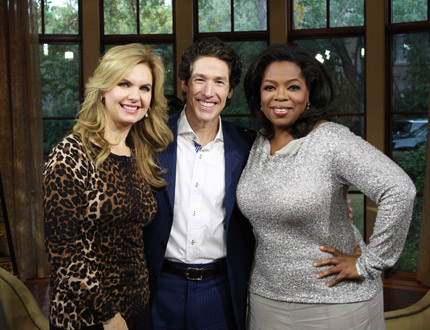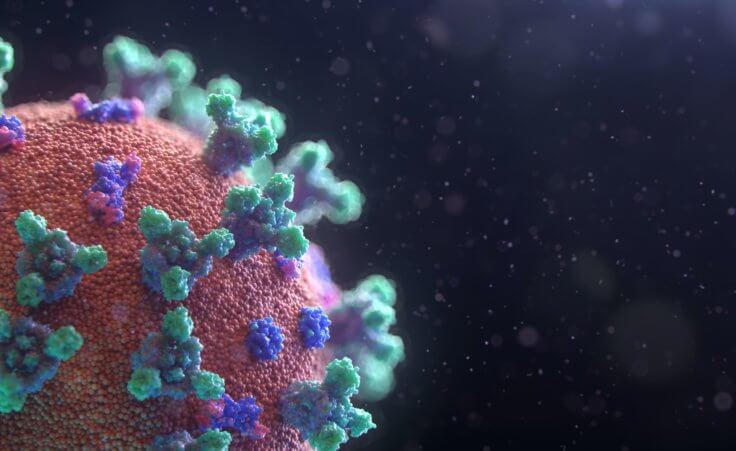
“The world belongs to those who give it the greatest hope” (Teilhard de Chardin).
I watched Oprah Winfrey’s hour-long interview with Joel Osteen last Sunday evening. Osteen’s Lakewood Church is familiar to me, as I grew up in Houston and watched his father’s church grow into one of the first multi-racial congregations in our city.
Some say that he is a minister for our day, adapting his methods to the high-tech, media-driven culture we are called to reach. Others argue that he adapts not just his methods but his message to our relativistic, pluralistic world.
Osteen came closest to that precipice last night when he answered Oprah’s question about many ways to God. He said that Jesus is the only way to God, but that there are many ways to Jesus. I’m not sure if his answer was post-denominational or post-Christian.
The issue of postmodernism aside, I am not writing today to critique Osteen’s theology. Others who have heard more of his sermons and read more of his books can do that better than I can. My purpose is to learn from his popularity.
It’s a remarkable story: he preached his first sermon on the Sunday before his father died, then led his congregation to become the largest church in America. Lakewood spent $95 million to renovate a former basketball arena into its present campus. His books have sold in the millions; he has packed stadiums across the country; his televised sermons reach more than seven million people each week in 100 nations.
How do we explain his fame? I suggest two words: practical hope.
During Oprah’s profile, a member of Lakewood was asked why he came to hear Osteen. The man explained that each week the pastor gave him another “tool for my toolbox.” He comes in the hope that he’ll find help for dealing with the difficulties of his life, and he’s not disappointed.
We cannot live without hope. Viktor Frankl, the Austrian psychologist and concentration camp survivor, documented the fact that those prisoners who believed in tomorrow best endured the horrors of today. Survivors of POW camps in Vietnam reported that a compelling hope for the future was the primary force that kept many of them alive. A mouse dropped in water will give up and drown in minutes. But if it is rescued, it will tread water for more than 20 hours the next time. Austin pastor Gerald Mann saw his church grow from 60 to 4,000 in 14 years. His explanation: “I know three things people want when they come to church: they want help, they want home, and they want hope.”
The question is not, do we need hope? The question is, what hope do we need?
If I take the wrong road, hope can misdirect me. If I trust in the wrong guide, hope can mislead me. If I take the wrong medicine, hope can kill me.
In whom should we put our hope? The Imitation of Christ, probably the most widely-read book in Christian history next to the Scriptures, was written by an unknown monk named Thomas from the town of Kempen, some seven centuries ago. Consider this invitation he heard from God:
“Do not be worn out by the labors which you have undertaken for My sake, and do not let tribulations ever cast you down. Instead, let My promise strengthen and comfort you under every circumstance. I am well able to reward you above all measure and degree. You shall not toil here long nor always be oppressed with griefs. A time will come when all labor and trouble will cease. Labor faithfully in My vineyard; I will be thy recompense. Life everlasting is worth all these conflicts, and greater than these. . .
“Lift your face therefore to heaven; behold I and all My saints with me—who in this world had great conflicts—are now comforted, now rejoicing, now secure, now at rest, and shall remain with Me everlastingly in the kingdom of My Father.”
De Chardin was right: the world is searching for the “greatest hope.” Let’s be sure we point them in the right direction.












